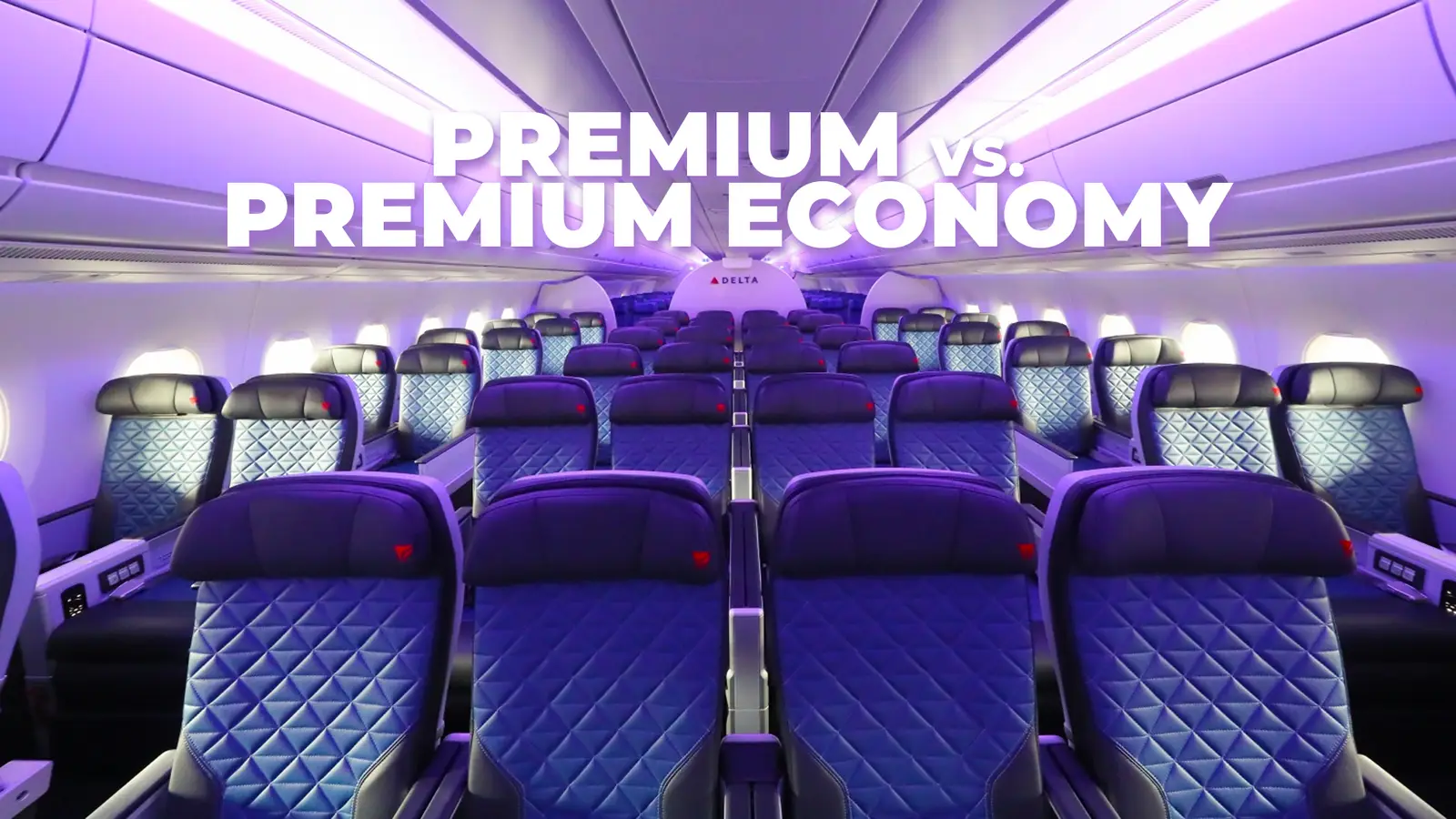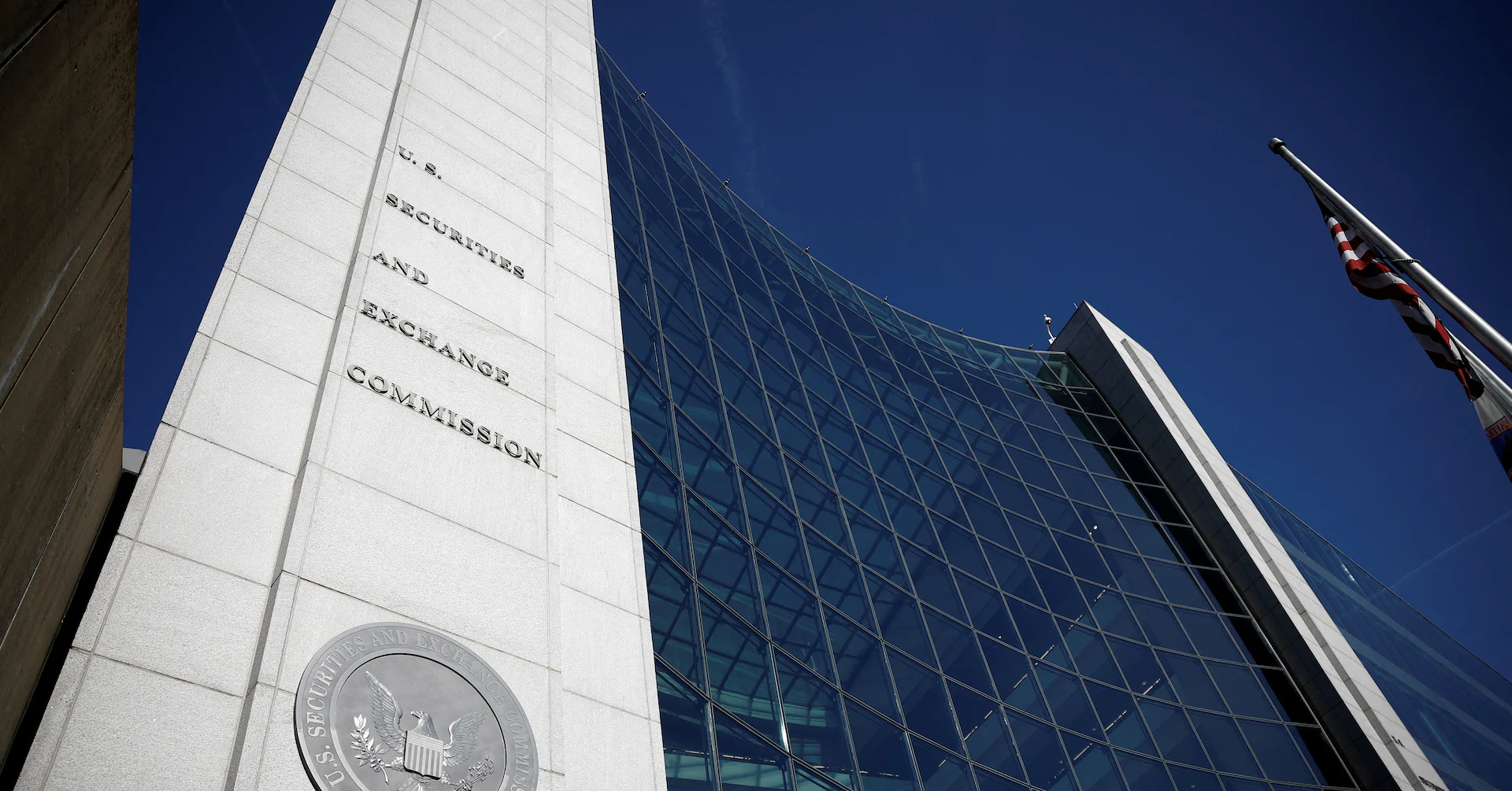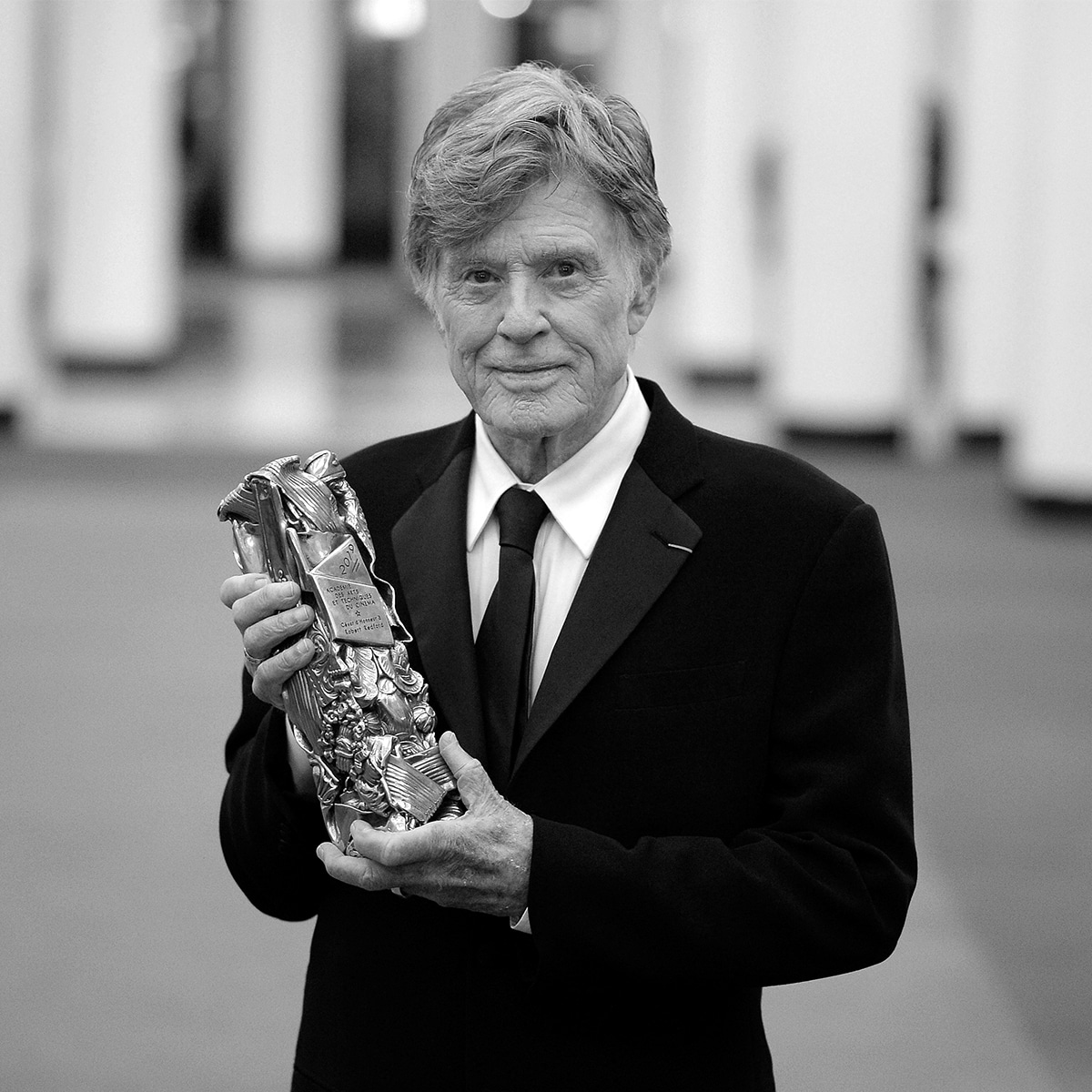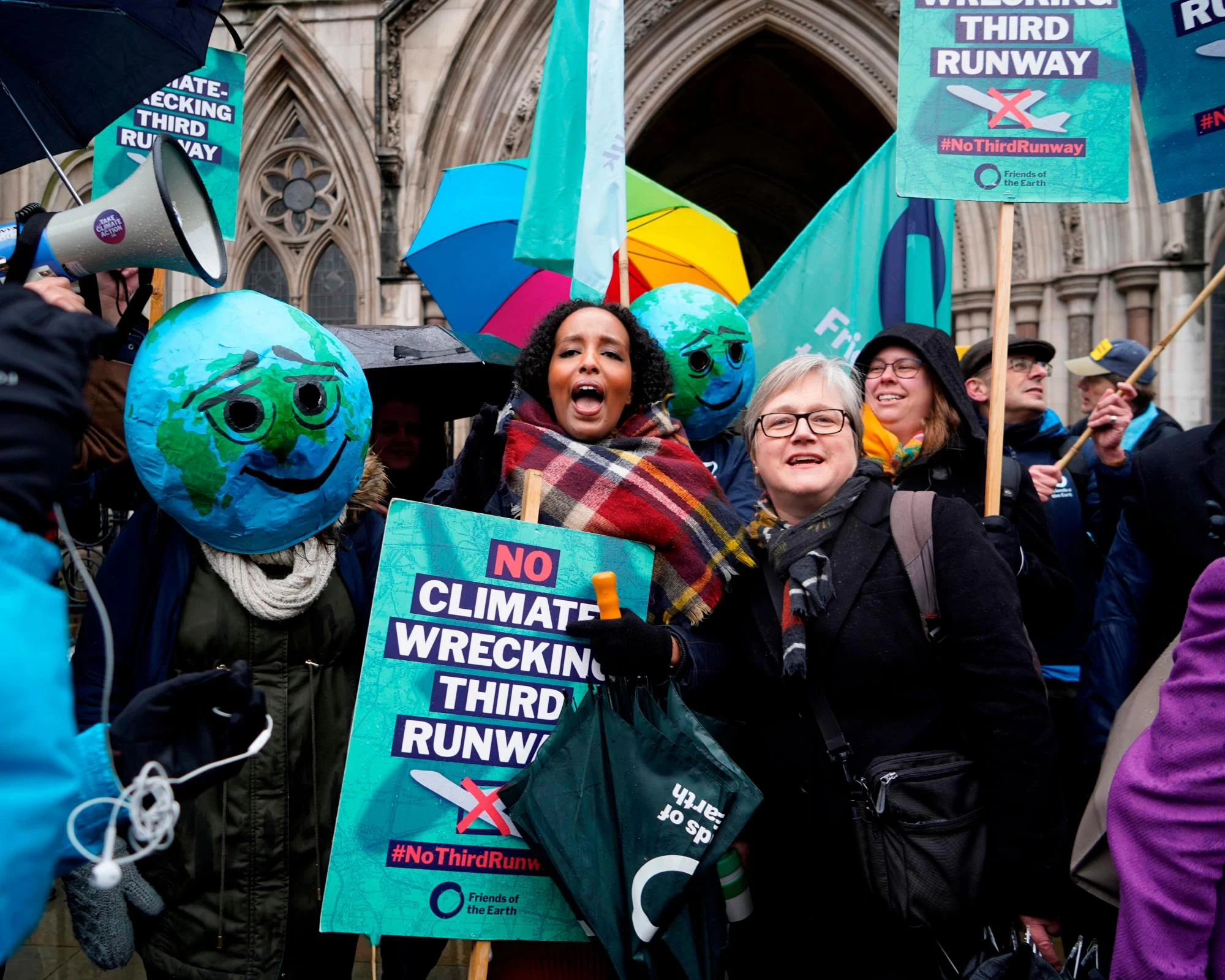
Flying in 2025 means more choices than ever, and not just in destinations, but in how plush or lean your flight experience is. Among the most popular mid-tier options is Premium Economy, which aims to bridge the gap between basic economy and business class. But just how much more do you get? And is it worth the extra cost? As airlines differentiate sharply between their economy products, understanding what “premium economy” actually delivers (and what it doesn’t) is key to making an informed decision.
While economy class still dominates the skies, often with its slightly cramped seating and minimal frills, premium economy promises a middle ground, offering more legroom, upgraded meals, priority boarding, and a few extra comforts. The catch? Not all premium economy seats are created equal. Airlines may advertise similar perks, but the experience can range from a modest step-up to something that feels surprisingly close to business class. In 2025, the gap between these cabins is wider than ever, making it worth a closer look at what you really get for the upgrade.
Stretch Those Legs (Without Breaking the Bank)
One of the most noticeable differences between economy and premium economy in 2025 is the legroom. Standard economy seats usually offer around 30–31 inches of pitch, the distance between your seat and the one in front, which can start to feel cramped, especially on long-haul flights. Premium economy, on the other hand, typically increases the space to 34–38 inches, giving passengers just enough room to stretch out, cross their legs comfortably, or work on a laptop without it being pressed awkwardly against their chest. The added width of the seats in premium economy also contributes to a more relaxed experience, reducing the shoulder-to-shoulder closeness that often makes economy feel claustrophobic.
That extra space may not seem like much on paper, but in practice, it makes a world of difference. On overnight flights or journeys spanning multiple time zones, even a few extra inches can mean the difference between arriving exhausted or reasonably refreshed. Taller passengers, in particular, swear by premium economy since it alleviates the feeling of being crammed into a sardine can for 10 or more hours. But it’s not just a perk for the tall; even those of average height find the additional legroom, wider seat, and increased recline to be a surprisingly significant boost to comfort.
And the best part? Compared to the steep price jump to business class, premium economy often hits a sweet spot. For many airlines, it may cost only a few hundred dollars more than standard economy, or for frequent flyers, it might be available through points upgrades, making it an attainable luxury for travelers seeking a more relaxed flight without blowing their entire vacation budget. In essence, premium economy allows passengers to enjoy a touch of indulgence without feeling like they’ve splurged excessively, turning long-haul air travel from a test of endurance into a more enjoyable and manageable experience.
Tray Tables, Recline, and Other Tiny Luxuries
Beyond legroom, premium economy seats also tend to be wider, with deeper recline, larger tray tables, and sometimes even adjustable footrests. This might not transform the seat into a business-class pod, but the changes are enough to make a long haul far less punishing. The design upgrades also mean you’re less likely to fight for elbow room with your neighbor.
Recline matters more than many realize. While economy seats often recline just a few inches (if at all), premium economy chairs typically go back much farther without encroaching awkwardly on the person behind you. Combined with upgraded cushioning, it makes catching a nap significantly easier.
Another bonus? Storage. Larger tray tables allow you to balance both your laptop and a drink, while extra seatback storage helps keep essentials, like noise-cancelling headphones and snacks, within easy reach. These small touches add up to a noticeably more “human” experience compared to the minimalist design of many modern economy cabins.
Cathay Pacific Airbus A350-1000 Economy Vs Premium Economy: Features Compared
Food, Drinks & Finer Things (Or Isn’t It?)
Even in Business/First Class, airline dining isn’t usually the highlight of a trip, but premium economy often upgrades the experience. Meals are usually served with real cutlery instead of plastic, the presentation feels less “cafeteria,” and wine or cocktails may be complimentary. Some airlines even offer menu choices pulled from business class, giving passengers a taste of the finer service up front.
That said, expectations should be managed. Premium economy food is rarely as indulgent as business class dining; it’s more like a polished version of economy meals. Think slightly bigger portions, fresher sides, and a dessert that doesn’t feel straight out of a vending machine. Still, it’s a noticeable step-up for anyone who dreads standard economy fare.
Drinks are where many travellers feel the difference most. Economy passengers often have to pay for wine, spirits, or “better” snacks, while premium economy includes them as part of the ticket price. If you’re the type to enjoy a glass of bubbly at 35,000 feet, the upgrade can quickly start to pay for itself.
Priority Everything: Boarding, Baggage & Beyond
Premium economy isn’t just about the seat; it’s about the smoother journey from check-in to baggage claim. Many airlines now offer perks like priority boarding, faster check-in lines, and even priority baggage handling. This means less time in queues and less stress once you land.
For frequent travelers, these benefits add up fast. Boarding earlier gives you first access to overhead bin space (a blessing in today’s crowded cabins), while expedited check-in can save precious time at the airport. In destinations where security and customs can be a slog, some carriers also offer fast-track lanes for premium economy passengers.
On the baggage front, priority tags mean your luggage is often among the first to arrive on the carousel, no more standing around for half an hour after a red-eye. While these might sound like minor conveniences, together they can significantly improve the rhythm of your entire travel day.
10 Most Comfortable Economy Class Seats You Can Book Today
Seat Location: Front Row or Middle of Nowhere?
Another underrated perk of premium economy is its placement within the aircraft. Premium cabins are typically located in smaller, quieter sections of the plane, often right behind business class and ahead of the main economy cabin. This creates a calmer, less crowded environment that feels worlds apart from the buzz and bustle of the back rows.
Being closer to the front means you’re among the first to disembark, which can be a major advantage at busy international hubs where immigration lines get long quickly. It also reduces the feeling of being “stuck” in the cabin for ages after landing.
Of course, the vibe depends on the airline. Some carriers place premium economy in mini-cabins that feel almost boutique, while others simply carve out a slightly nicer zone at the front of economy. Still, nearly all travelers agree that the quieter atmosphere makes the experience feel more elevated and less exhausting.
Is the Upgrade Worth the Price Tag?
So, is premium economy really worth it? The answer depends on your budget, the length of your flight, and how much you value comfort. For short-haul trips, the differences may feel marginal; extra legroom, a wider seat, and a glass of wine might not justify the added cost. But on overnight long-hauls, the upgrades can make the journey far more bearable, even life-changing. In addition to more space and better seating, premium economy often comes with other perks, such as priority boarding, enhanced meal options, and even bonus loyalty points, an appealing incentive for frequent flyers looking to maximize their rewards.
Many travelers now see premium economy as the “happy middle” between bare-bones economy and extravagant business class. Airlines are responding to this demand by expanding premium economy cabins, sometimes even reducing the number of first-class seats to make room for more business and premium economy options. It’s a compromise that offers both comfort and affordability, especially as standard economy seats become tighter and amenities in premium cabins continue to improve.
Ultimately, the upgrade is most worthwhile if you value sleep, space, and sanity. If those few extra inches of legroom, quieter surroundings, and bonus perks mean you arrive at your destination refreshed instead of exhausted, the answer is simple: yes, it’s worth it. For others, saving money may take priority, and that’s perfectly fine. The beauty of today’s airline offerings is that you get to choose your own adventure in the sky, tailoring your experience to match your comfort needs, budget, and travel style.



